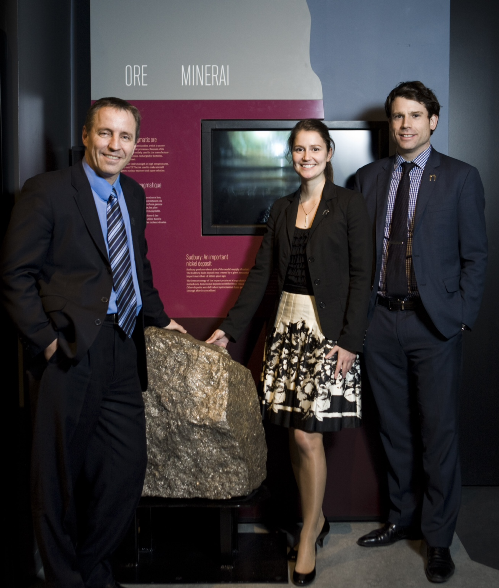http://www.nunatsiaqonline.ca/
More than 650 people already working on site
A Chinese-owned mine in Nunavik will soon see huge ice-class vessels sailing through Hudson Strait to bring nickel, copper, platinum and palladium to European markets.
After sinking $735 million into infrastructure, Jien Canada Mining Ltd., the owner of Nunavik’s second soon-to-be operating mine, plans to ramp up production in early 2013 and hire more Nunavik workers.
The mine company, which expects to reach full production by 2014, will produce nickel, copper, palladium and platinum for at least 13 years. Located 20 miles from Xstrata Nickel’s Raglan nickel mine, the Nunavik Nickel mine sits in “one of the most inhospitable places in the world,” said its president, John Caldbick in a recent interview.
But the cold, rocky plateau is rich in minerals, and early in 2013 the mine will start processing ore. More than 650 people are now on site, living in its 428-person main camp and other temporary camps. Some workers are excavating ore from the Expo open pit mine, while others complete essential parts of the mine’s infrastructure.
























